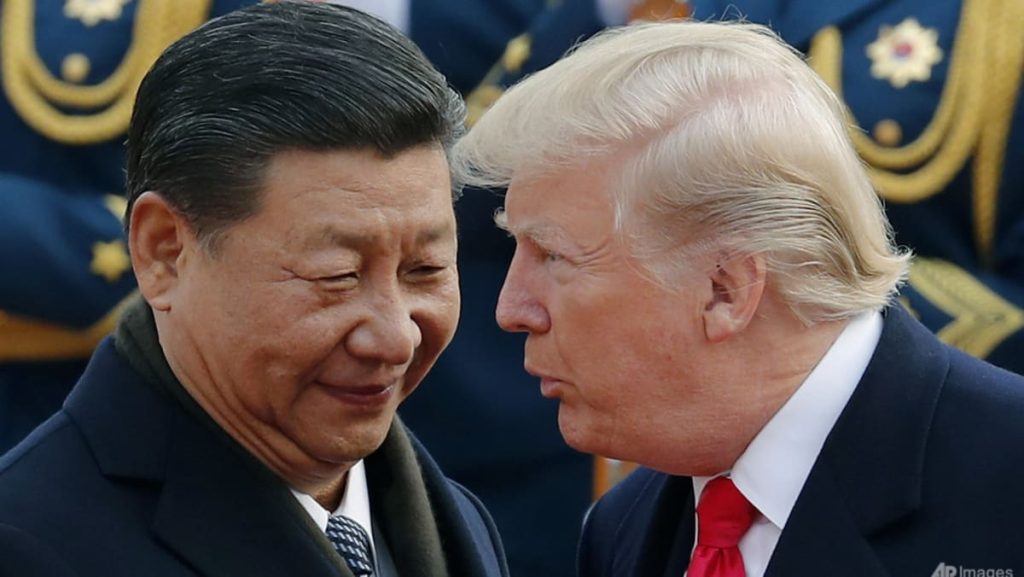The current trade tensions between the United States and China, characterized by tit-for-tat tariffs, represent a complex geopolitical game with uncertain outcomes. While the immediate focus is on tariffs, the underlying issues are much broader, encompassing concerns about China’s economic practices, intellectual property theft, forced technology transfer, and its ambitions to become a global technological leader. The Trump administration’s approach has been to apply pressure through tariffs, hoping to force China to change its behavior and agree to a trade deal that addresses these concerns. However, the path to resolution is fraught with challenges and depends on both sides’ willingness to compromise.
One of the key challenges is defining what constitutes a “true resolution” from the US perspective. Simply increasing purchases of US goods, while potentially mitigating the trade deficit, does not address the deeper structural issues that Washington seeks to change. The US aims to alter China’s fundamental economic trajectory, particularly regarding its pursuit of technological dominance in sectors like semiconductors. This ambition is seen as a direct threat to US economic and national security interests. Therefore, any lasting resolution requires China to move beyond superficial concessions and make substantial changes to its industrial policies and practices.
The imposition of a 10% tariff on Chinese goods, compared to the 25% levied on Canada and Mexico, has led some analysts to speculate that this was a strategic move by the Trump administration to create leverage for future negotiations. However, this interpretation overlooks the fact that the tariffs on Canada and Mexico were ultimately paused as part of renegotiated trade agreements, while the tariffs on China went into effect as planned, with the threat of further escalation. This signals that the US approach towards China is fundamentally different, reflecting a deeper level of concern and a greater determination to achieve significant concessions.
The US strategy appears to be based on applying pressure through tariffs to demonstrate seriousness and gain negotiating leverage. This “maximum pressure” approach is coupled with an ongoing review of US-China trade relations to inform future tariff strategies. This suggests a calculated approach, aimed at extracting concessions from China while carefully calibrating the level of economic pain inflicted on both sides. The success of this strategy, however, remains uncertain, as China may choose to resist US demands and retaliate with its own measures.
An alternative perspective suggests that the US approach is driven by President Trump’s personal relationship with President Xi Jinping and his belief that he can strike a deal with him. This view emphasizes the potential for a negotiated settlement, even amidst escalating trade tensions. However, the outcome depends on China’s willingness to engage in this “game” and whether it chooses to offer minimal concessions or escalate the conflict by leveraging its own economic influence over the US. This introduces a significant element of uncertainty, as China’s response could range from appeasement to aggressive countermeasures.
The ultimate resolution of the US-China trade dispute hinges on a delicate balance of power and a complex interplay of political and economic factors. The US seeks to reshape the global economic landscape by curbing China’s rise and protecting its own technological dominance. China, on the other hand, is determined to maintain its economic trajectory and achieve its strategic goals, even if it means enduring economic pressure and engaging in retaliatory actions. The outcome of this high-stakes confrontation will significantly impact the global economy and the future of US-China relations for decades to come. Therefore, navigating this complex landscape requires careful consideration of both countries’ motivations and potential responses, as well as the broader geopolitical implications of their actions. The potential for escalation or de-escalation remains a constant, underscoring the need for a nuanced and adaptable approach to resolving this critical trade dispute.

